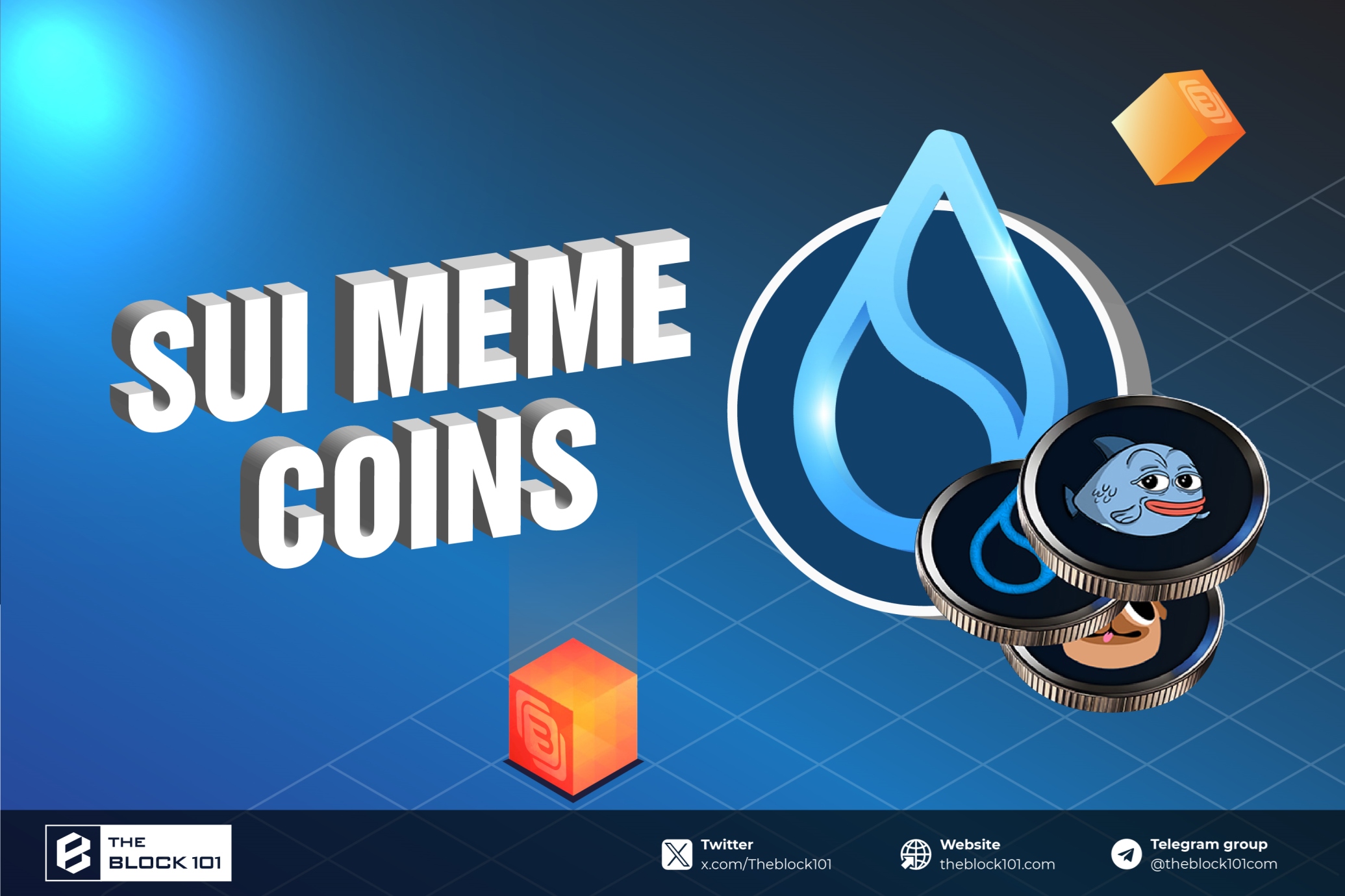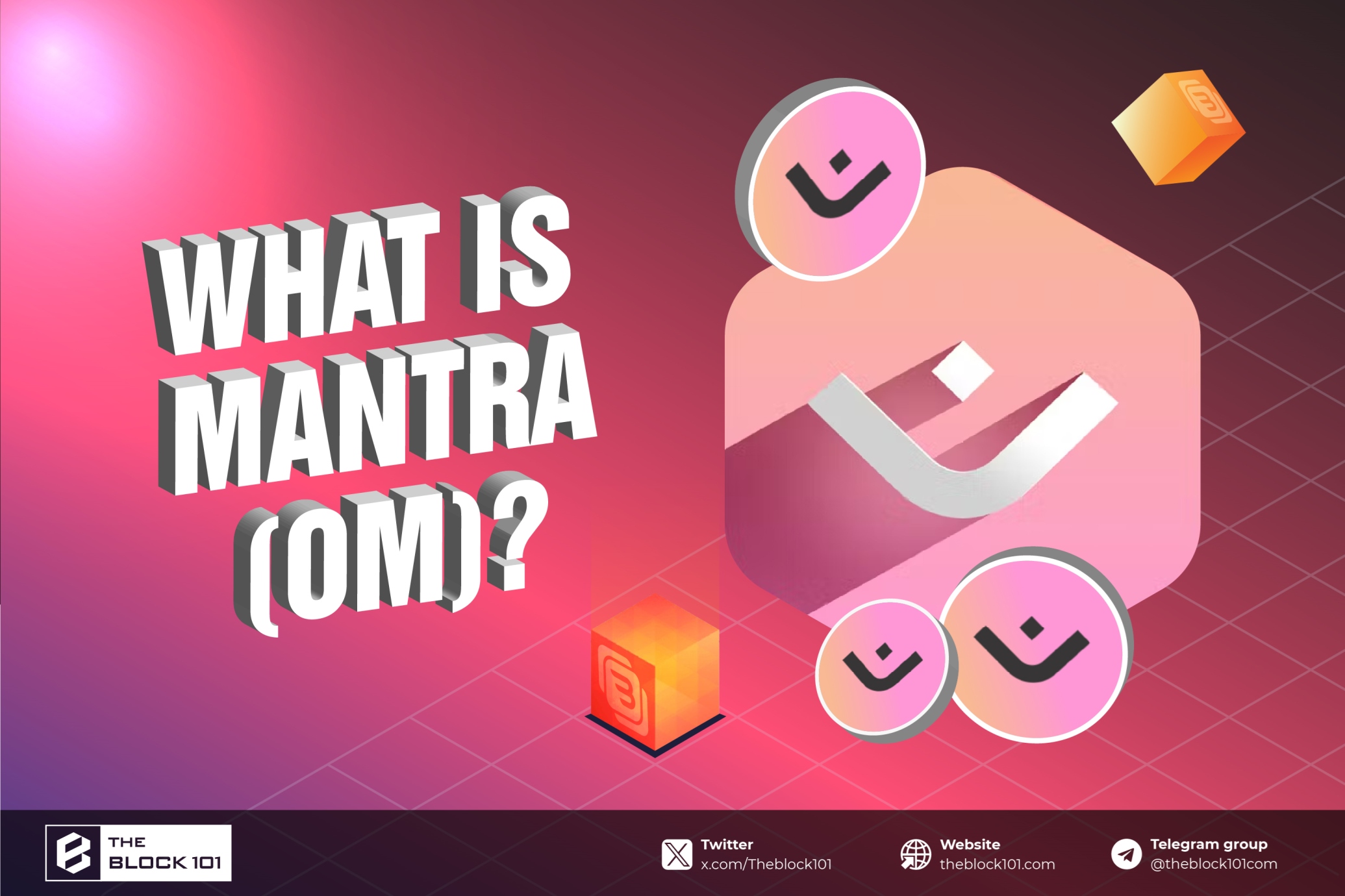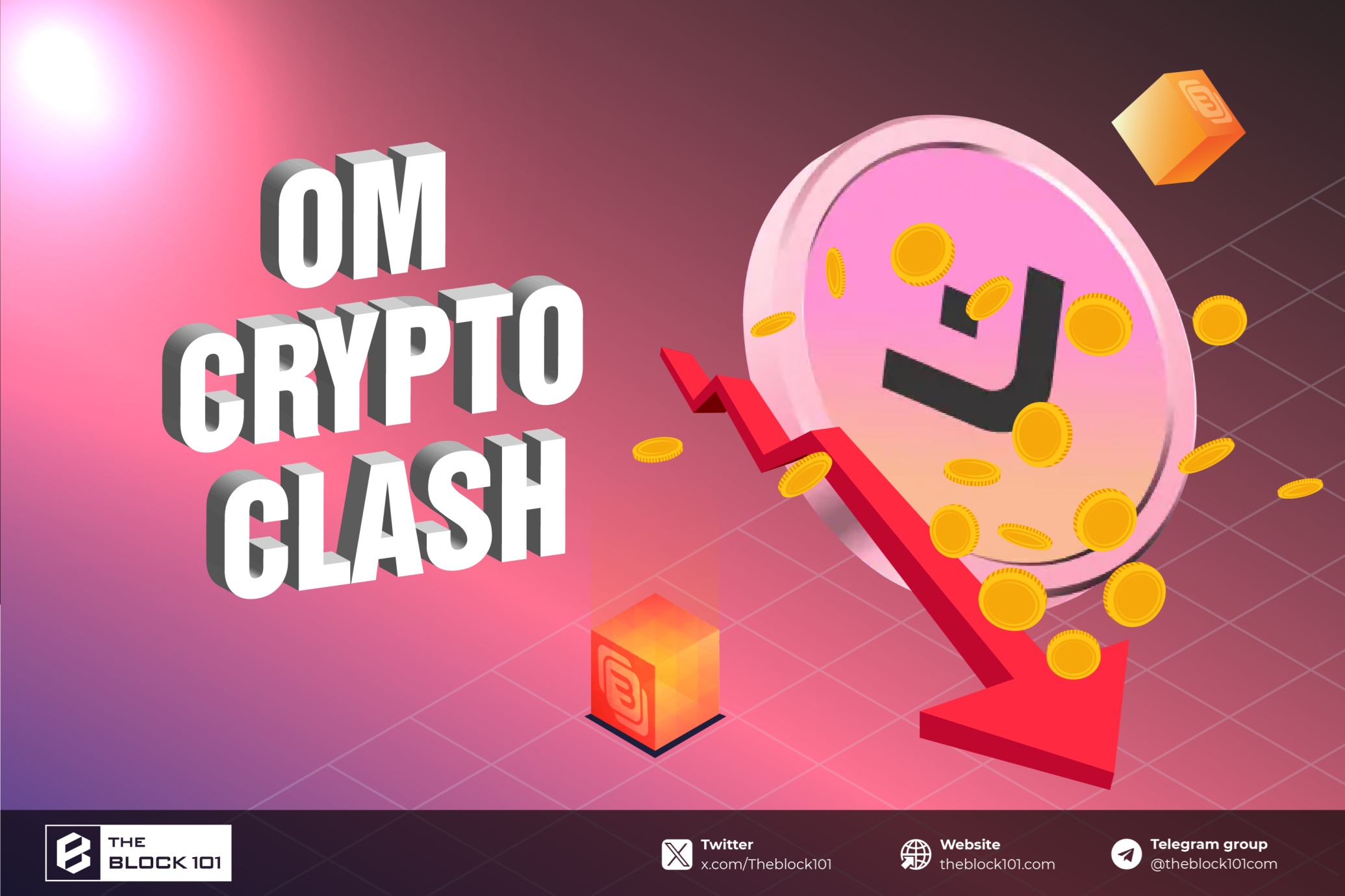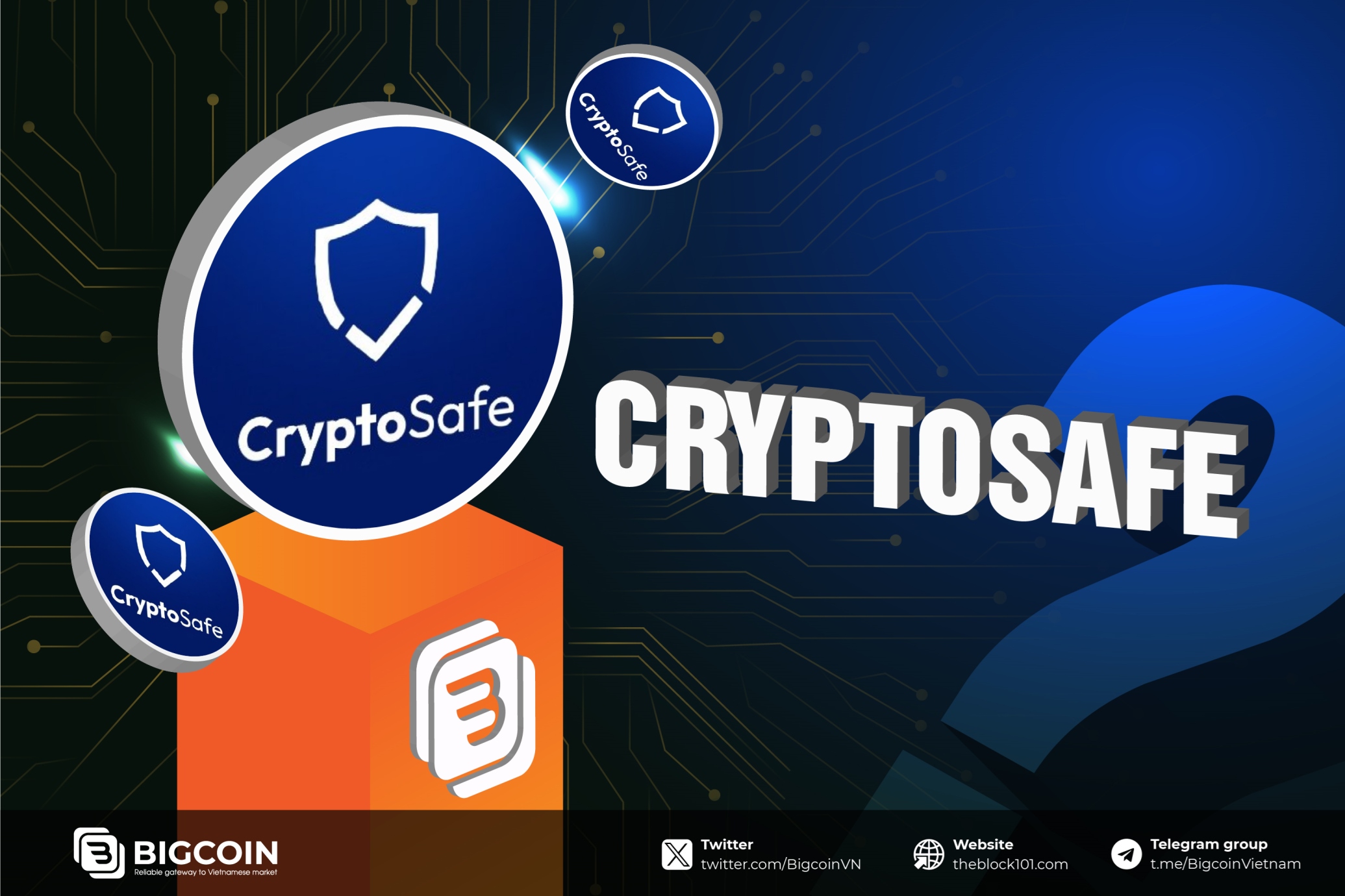1. What is DeFi?

DeFi (Decentralized Finance) refers to a collection of financial services—such as lending, borrowing, trading, and investing—that are built on blockchain networks.
Unlike traditional finance, which relies on centralized institutions, DeFi uses smart contracts on blockchain platforms like Ethereum, which are self-executing contracts with the terms directly written into code, to automate transactions and eliminate the need for intermediaries.
By leveraging blockchain technology, DeFi aims to eliminate intermediaries, reduce costs, and increase accessibility to financial services for individuals across the globe.
2. Key components of DeFi
Before exploring specific examples, it’s essential to understand the key components that make up the DeFi ecosystem:
-
Smart contracts: Self-executing contracts with the terms directly written into code, eliminating the need for intermediaries.
-
Decentralized applications (DApps): Applications that run on a blockchain network, offering various financial services.
-
Cryptocurrencies and tokens: Digital assets used within the DeFi ecosystem for transactions, staking, and governance.
-
Blockchain technology: The underlying technology that enables the decentralized, transparent, and secure nature of DeFi platforms.
3. Popular DeFi examples
3.1. Uniswap
Uniswap is a decentralized exchange (DEX) built on the Ethereum blockchain. It allows users to trade cryptocurrencies directly from their wallets, bypassing traditional exchanges and their associated fees. Uniswap utilizes an automated market maker (AMM) model, where liquidity pools replace the traditional order book system. Users can contribute to these liquidity pools and earn fees from trades conducted on the platform.
Key features:
-
Liquidity pools: Users provide pairs of tokens to liquidity pools and earn a share of the trading fees.
-
No KYC: Users can trade without going through a Know Your Customer (KYC) process.
-
Decentralized governance: Holders of the UNI token can participate in governance decisions.
3.2. Compound
Compound is a decentralized lending and borrowing platform that allows users to lend their cryptocurrencies to earn interest or borrow against their crypto assets. The interest rates are determined algorithmically based on supply and demand.
Key features:
-
Algorithmic interest rates: Automatically adjusts based on market conditions.
-
Collateralized loans: Borrowers must provide collateral greater than the loan amount to secure the loan.
-
cTokens: Users receive cTokens representing their deposit, which accrues interest over time.
3.3. MakerDAO
MakerDAO is a decentralized autonomous organization that operates the DAI stablecoin. DAI is a decentralized, collateral-backed stablecoin pegged to the US dollar. Users can create DAI by locking up their Ethereum-based assets in a smart contract as collateral.
Key features:
-
Stablecoin creation: Users can generate DAI by locking collateral in a smart contract.
-
Collateralized debt positions (CDPs): The mechanism by which users lock collateral and mint DAI.
-
Governance: MKR token holders govern the system, including adjustments to collateral types and risk parameters.
3.4. Aave
Aave is another prominent DeFi lending protocol that offers unique features like flash loans and rate switching. Flash loans allow users to borrow instantly and without collateral, provided the loan is repaid within the same transaction.
Key features:
-
Flash loans: Uncollateralized loans that must be repaid within one transaction.
-
Rate switching: Users can switch between fixed and variable interest rates.
-
aTokens: Interest-bearing tokens representing deposited assets.
3.5. Synthetix
Synthetix is a DeFi protocol that enables the creation and trading of synthetic assets. These synthetic assets, or "Synths," are tokenized derivatives that represent other real-world assets like fiat currencies, commodities, and even stocks.
Key features:
-
Synthetic assets: Allow users to gain exposure to a variety of assets without holding the actual asset.
-
Decentralized oracle system: Uses oracles to provide accurate price feeds for Synths.
-
Staking rewards: Users can stake SNX tokens to mint Synths and earn staking rewards.
3.6. Yearn.Finance
Yearn.Finance is a yield optimization protocol that automates the process of finding the best returns for deposited funds across various DeFi platforms. Users can deposit their assets into Yearn’s vaults, which use complex strategies to maximize yield and minimize risk. Yearn.Finance also offers products like yVaults and Earn, which optimize lending rates across platforms like Aave and Compound.
Key features:
-
Automated yield optimization: Users benefit from automated strategies that seek the highest returns.
-
User-friendly: Yearn simplifies the process of yield farming, making it accessible to less technical users.
-
Community governance: Yearn is governed by its community through YFI tokens, ensuring decentralized decision-making.
3.7. Balancer
Balancer is a decentralized exchange and automated portfolio manager that allows users to create and manage liquidity pools with multiple tokens and custom weightings. Unlike traditional exchanges, Balancer pools can have up to eight tokens, and the pool’s value remains balanced according to the specified weights.
Key features:
-
Customizability: Users can create pools with their desired token allocations and weightings.
-
Fee income: Pool creators and liquidity providers earn fees from trades made within their pools.
-
Portfolio management: Balancer allows users to maintain balanced portfolios automatically, reducing the need for constant rebalancing.
4. The impact of DeFi
The examples of DeFi applications mentioned above demonstrate the vast potential of decentralized finance to transform the traditional financial system. Here are some of the broader impacts:
-
Financial inclusion
DeFi provides financial services to the unbanked and underbanked populations, who may not have access to traditional banking systems. With just an internet connection, anyone can participate in the DeFi ecosystem, opening up new opportunities for financial empowerment.
-
Transparency and security
Blockchain technology ensures that all transactions are transparent and immutable, reducing the risk of fraud and increasing trust among users. Smart contracts automate processes, minimizing human error and increasing efficiency.
-
Reduced costs
By eliminating intermediaries, DeFi reduces the costs associated with financial transactions. Users can save on fees typically charged by banks and other financial institutions.
-
Innovation and flexibility
The open nature of DeFi encourages innovation, with developers continually creating new and diverse financial products. Users have more flexibility and options for managing their finances, from earning interest on their assets to engaging in complex trading strategies.
5. Future outlook of DeFi
The future of DeFi looks promising, with continuous advancements and growing adoption. Key trends to watch include:
-
Interoperability: Efforts to improve interoperability between different blockchain networks will enhance the functionality and accessibility of DeFi platforms.
-
Institutional involvement: Increasing interest from institutional investors could bring more legitimacy and capital to the DeFi space.
-
Regulatory developments: Clearer regulatory frameworks could provide more certainty and protection for users, fostering broader adoption.
-
Enhanced security measures: Ongoing improvements in smart contract security and auditing practices will help mitigate risks.
6. Conclusion
DeFi represents a revolutionary shift in the financial industry, offering decentralized, transparent, and accessible financial services. Platforms like Uniswap, Compound, MakerDAO, Aave, Synthetix, Yearn.Finance, and Balancer showcase the diverse applications and potential of DeFi technology. While challenges remain, the continued evolution of DeFi promises to democratize finance, empower individuals, and drive innovation in ways that were previously unimaginable. As the DeFi ecosystem matures, it will undoubtedly play a critical role in shaping the future of global finance.
Read more:

 English
English Tiếng Việt
Tiếng Việt.jpg)




.jpg)


.jpg)

.jpg)






